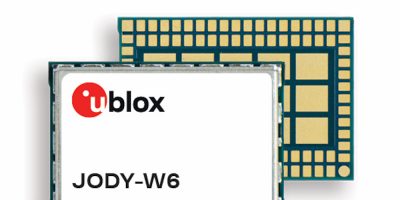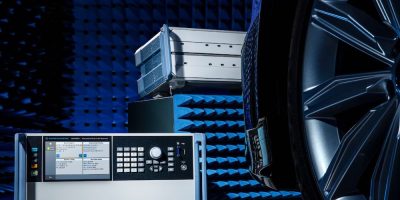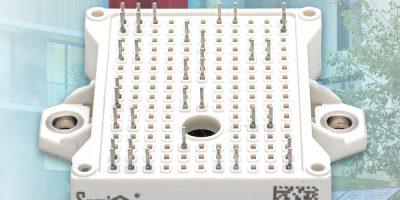Eyeris Technologie, OMNIVISION and Leopard Imaging, have announced their partnership on a production reference design to improve safety and comfort in the entire automobile cabin. This jointly developed reference design integrates Eyeris’ advanced monocular three-dimensional (3D) sensing AI software algorithm into Leopard Imaging’s 5-megapixel (MP) backside illuminated (BSI) global shutter (GS) camera, which uses OMNIVISION’s OX05B image sensor and OAX4600 image signal processor (ISP). The advanced depth-aware driver monitoring system (DMS) and occupant monitoring system (OMS) production reference design will be showcased during CES 2024 at Leopard Imaging’s booth #9529,
The new production reference design is the first in the automotive industry to address the need for depth-aware in-cabin sensing data. Eyeris’ monocular 3D sensing AI technology enables any 2D image sensor, including the latest RGB-IR sensors, to provide valuable depth-aware whole-cabin sensing including DMS and OMS data. In addition to using OMNIVISION’s OX05B 5MP RGB-IR image sensor, this advanced production reference design also uses OMNIVISION’s OAX4600 ISP to process Eyeris‘ monocular 3D sensing AI data. Together with Leopard Imaging’s camera design-house capabilities, this comprehensive production reference design enables auto manufacturers and tier-ones to achieve faster time-to-market with reduced costs and low integration risk.
“Our partnership with OMNIVISION and Leopard Imaging offers automotive customers the industry’s most advanced 3D software along with a hardware production reference design kit for in-cabin sensing,” said Modar Alaoui, founder and CEO of Eyeris. “It is a true turn-key solution that’s readily available, with a unique combination of AI-based depth-aware DMS and OMS data, processed on OMNIVISION’s RGB-IR image sensor and ISP platform.”
“We are excited to partner with Eyeris and Leopard Imaging on this combined solution, which integrates a unique set of capabilities developed specifically for monocular 3D in-cabin monitoring systems,” said Paul Wu, staff marketing manager at OMNIVISION. “OMNIVISION’s ISP processing technology and dedicated neural processing unit (NPU) ensure robust, latency-free image processing, and our OX05B sensor offers the best performance in extremely low light conditions.”
“We’re delighted to work with Eyeris and OMNIVISION on this advanced production reference design for in-cabin monocular 3D sensing AI,” said Cliff Cheng, senior vice president of marketing, Leopard Imaging. “Our camera design and manufacturing experience combined with our advanced imaging solutions are a testament to our commitment for pushing innovation boundaries for the future of automotive in-cabin sensing.”







